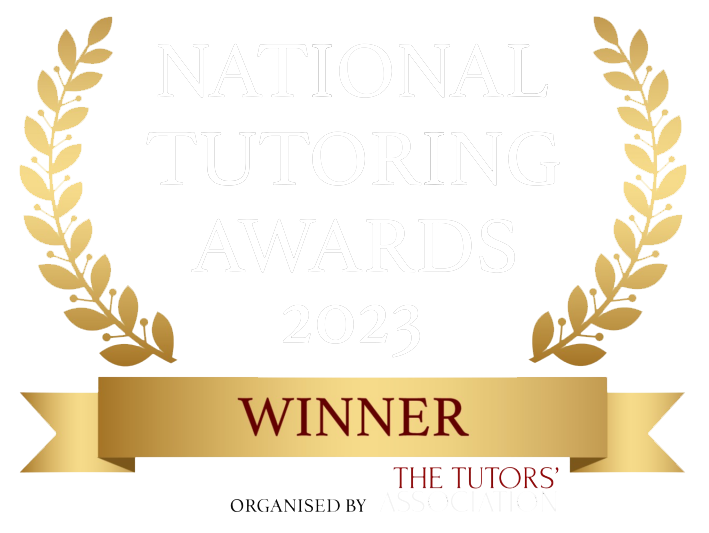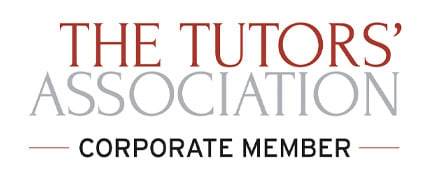Dyslexia is a neurodevelopmental condition that mainly affects a person’s ability to read and write though it can also impact their ability to process and remember information. Naturally, this can interfere with all aspects of a child’s education.
Despite this, dyslexia has no impact on an individual’s intelligence and what’s more, it’s commonly believed that the condition often goes hand-in-hand with great creativity. When you consider that a list of famous dyslexics includes Beatles legend John Lennon, movie star Keira Knightly and artist Pablo Picasso, there is little doubt that there is some truth in this.
Dyslexic People can be Talented Artists
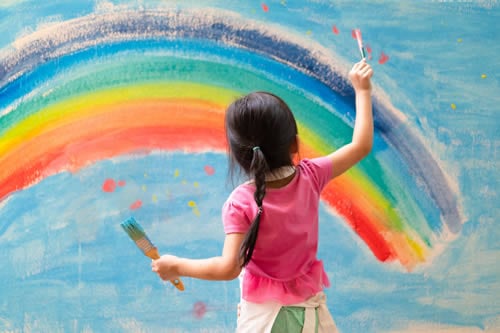
SEN Tutor Phil has a lot of experience as a mainstream teacher and has also worked extensively with young people with special needs. He says that he has found that many students with dyslexia are skilled visual artists. “I can think of one boy, in particular, whose dyslexia was so severe that people thought he would never be able to read,” he recalls. “Even so, he drew the most amazing pictures. I’ve also got two friends who are professional artists and they also happen to be dyslexic.”
However, the term ‘creativity’, Phil points out, can mean different things to different people – it can also be applied to other artistic pursuits or used more generally to describe problem-solving or innovative ways of thinking. He suggests that because people with dyslexia don’t tend to memorise information in traditional ways, their brains may be ‘wired’ to be more flexible and imaginative in all kinds of situations.
Science Confirms the Link Between Dyslexia and Creativity
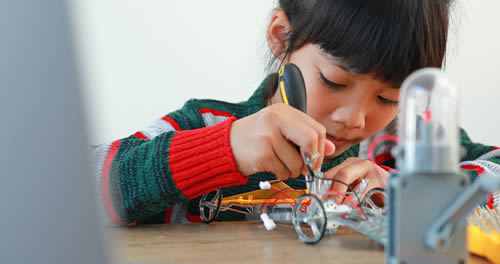
It seems that the scientists agree. John Stein, Professor of Physiology at the University of Oxford, and the Chair of the Dyslexia Research Trust, confirms that people with dyslexia are often creative – in technical subjects as well as the arts.
“As a scientific organisation, we hesitate to make claims about anything that isn’t backed up by research,” he says. “However, there is now substantial evidence of a link between creativity and dyslexia. Thus, there are many more artists and architects, and many more successful computer systems analysts, other engineers and entrepreneurs, among dyslexic people than expected by chance.”
Tutors Also Have to be Creative
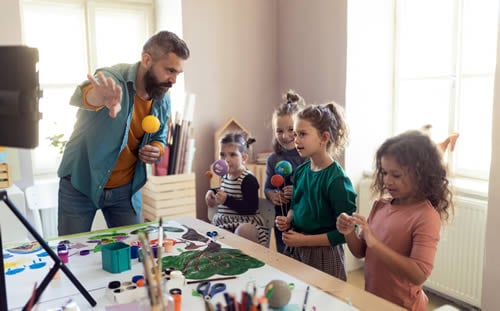
This means that teachers also have to come up with innovative ideas to help dyslexic children learn, Phil explains. “Dyslexic students usually need to know why they are doing something. You have to show them using a kinaesthetic approach, involving physical activity or actual objects where you can. An example of this might be getting them to draw letters in sand or write them in shaving foam. I take a lot of ideas from watching my four-year-old son,” he continues. “At that age, before they start school, children are so playful and their minds are so free.”
Using music and rhythm can also help some children improve their reading and writing, he says, while others benefit from listening to themselves reading aloud via a mouth-to-ear device.
Dyslexic children’s need for concrete learning can also spill over from language and literacy into other areas of the curriculum, Phil points out. “If you are teaching them how to add up, for example, you might use counters, blocks or actual money before eventually showing them the traditional, column method on paper.”
Children with Dyslexia are Individuals
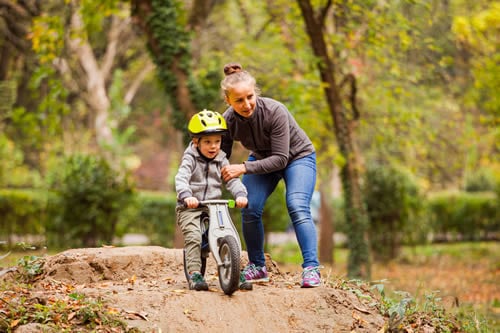
But it’s important to remember, he emphasises, that all students are different and that what’s effective for one young person won’t necessarily work for another. “You have to play to their strengths and it’s a great relief – for the child rather than the teacher – when you achieve a breakthrough.
“And it would be incorrect to claim that all children with dyslexia are gifted in creative pursuits,” he concludes. “As educators and parents, we should help children to nurture and pursue their natural abilities and interests, whatever they are, while at the same time supporting them to make progress in areas of learning which they find more challenging.”
Inspiration from People with Dyslexia
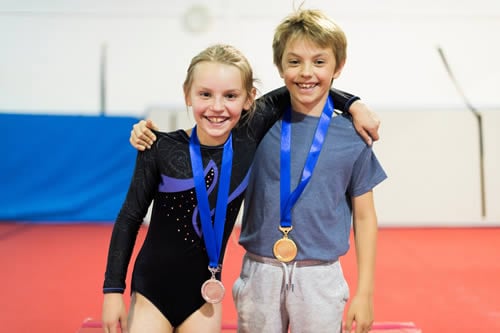
But what do dyslexic people think? Entrepreneur and multi-millionaire Richard Branson, who is himself dyslexic, offers the following advice online – ‘If anyone ever puts you down for having dyslexia, don’t believe them. Being dyslexic can actually be a big advantage, and it has certainly helped me.’
Princess Beatrice, the Queen’s granddaughter also has dyslexia and advises – ‘Dyslexia is not a pigeonhole to say you can’t do anything. It is an opportunity and a possibility to learn differently. You have magical brains, they just process differently. Don’t feel like you should be held back by it.’


